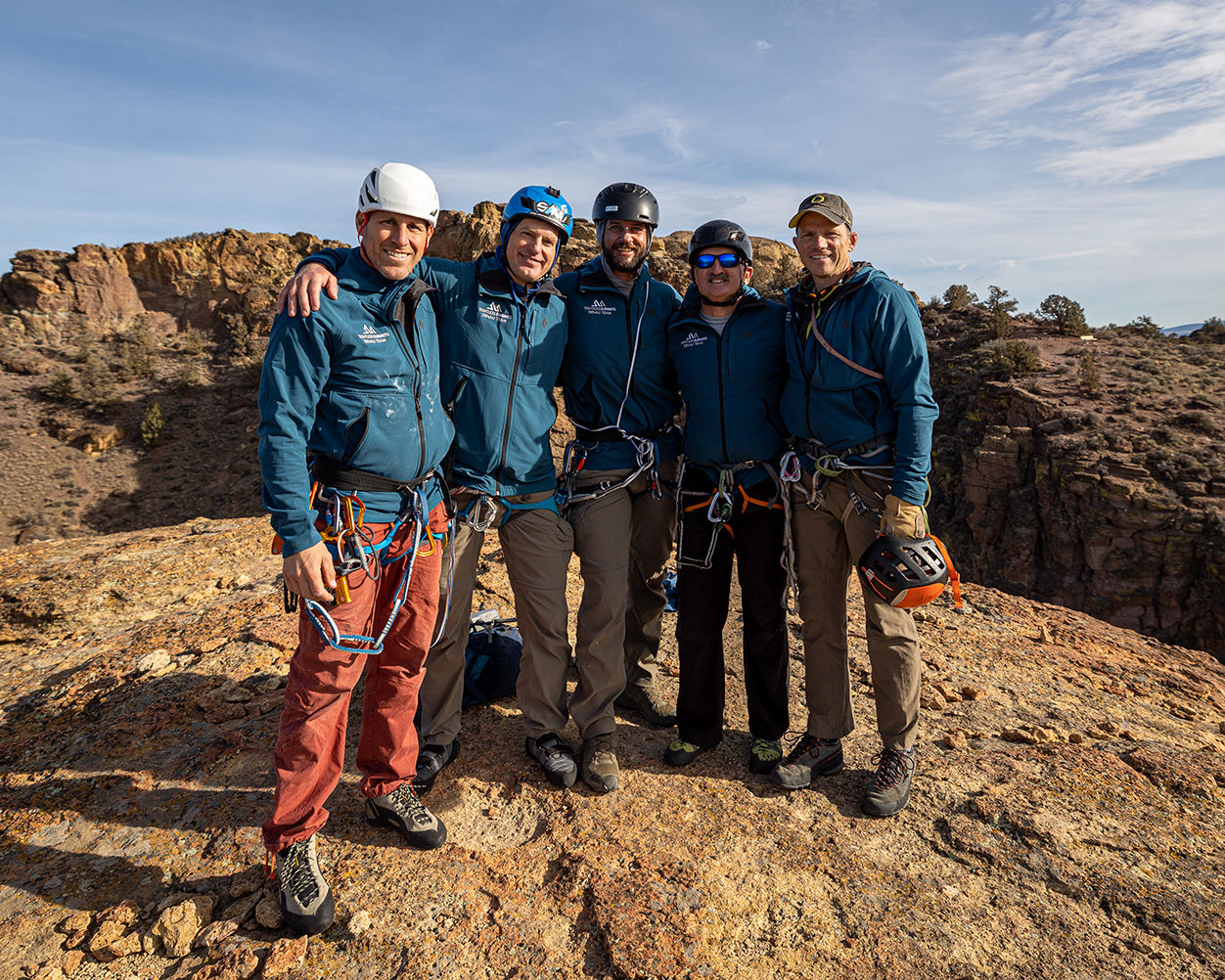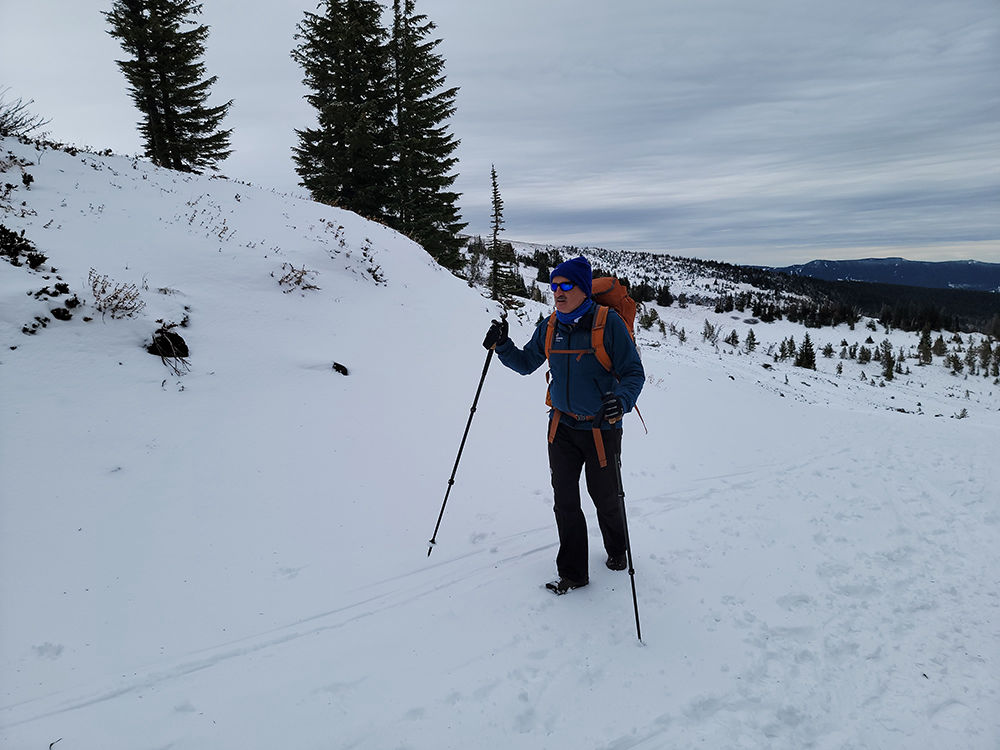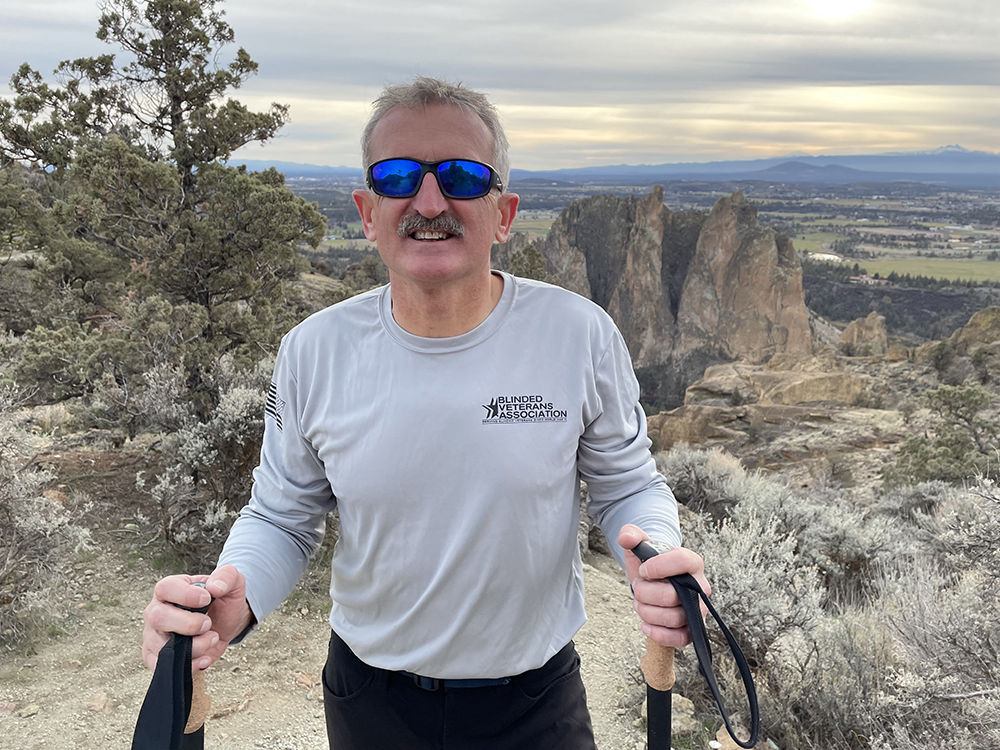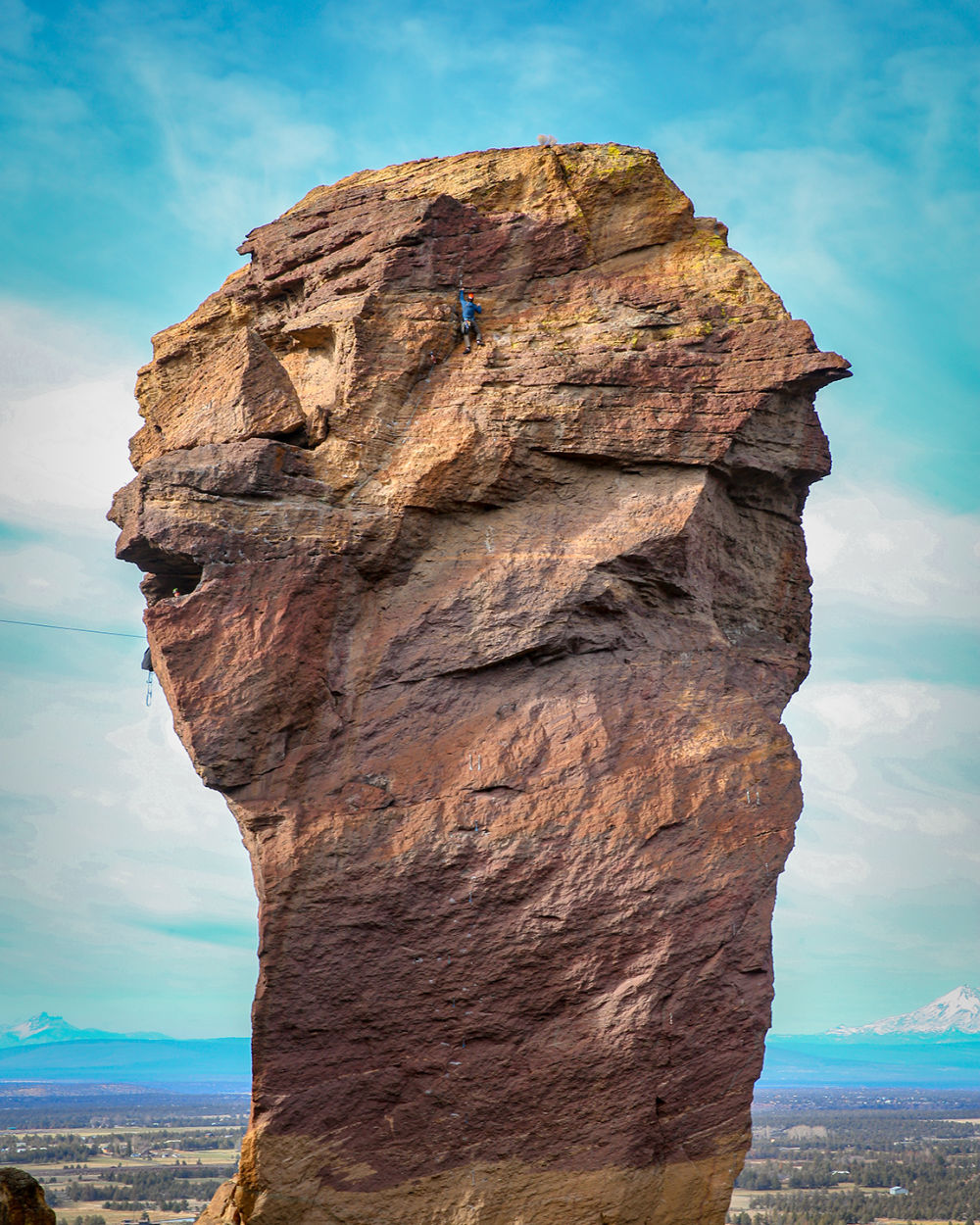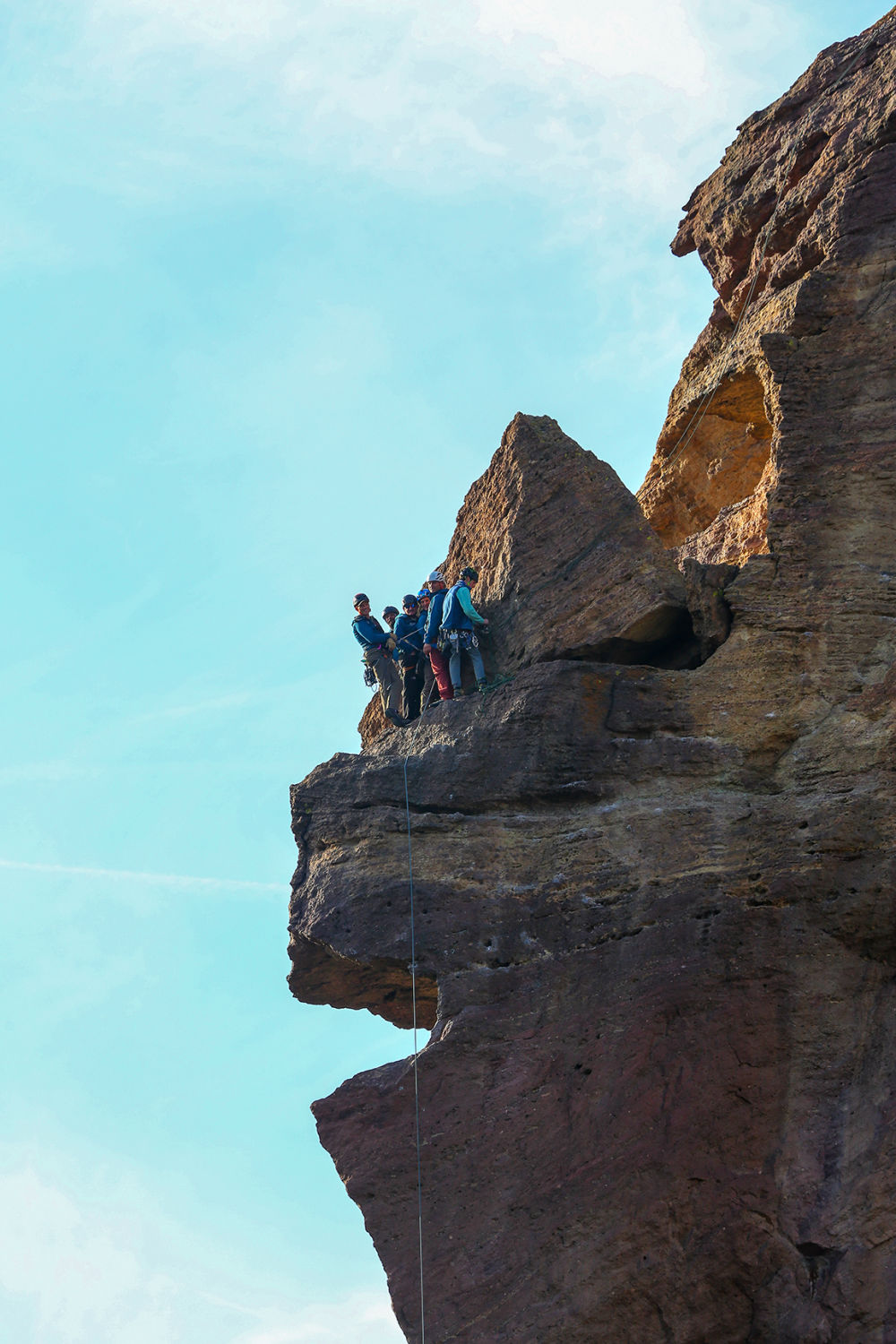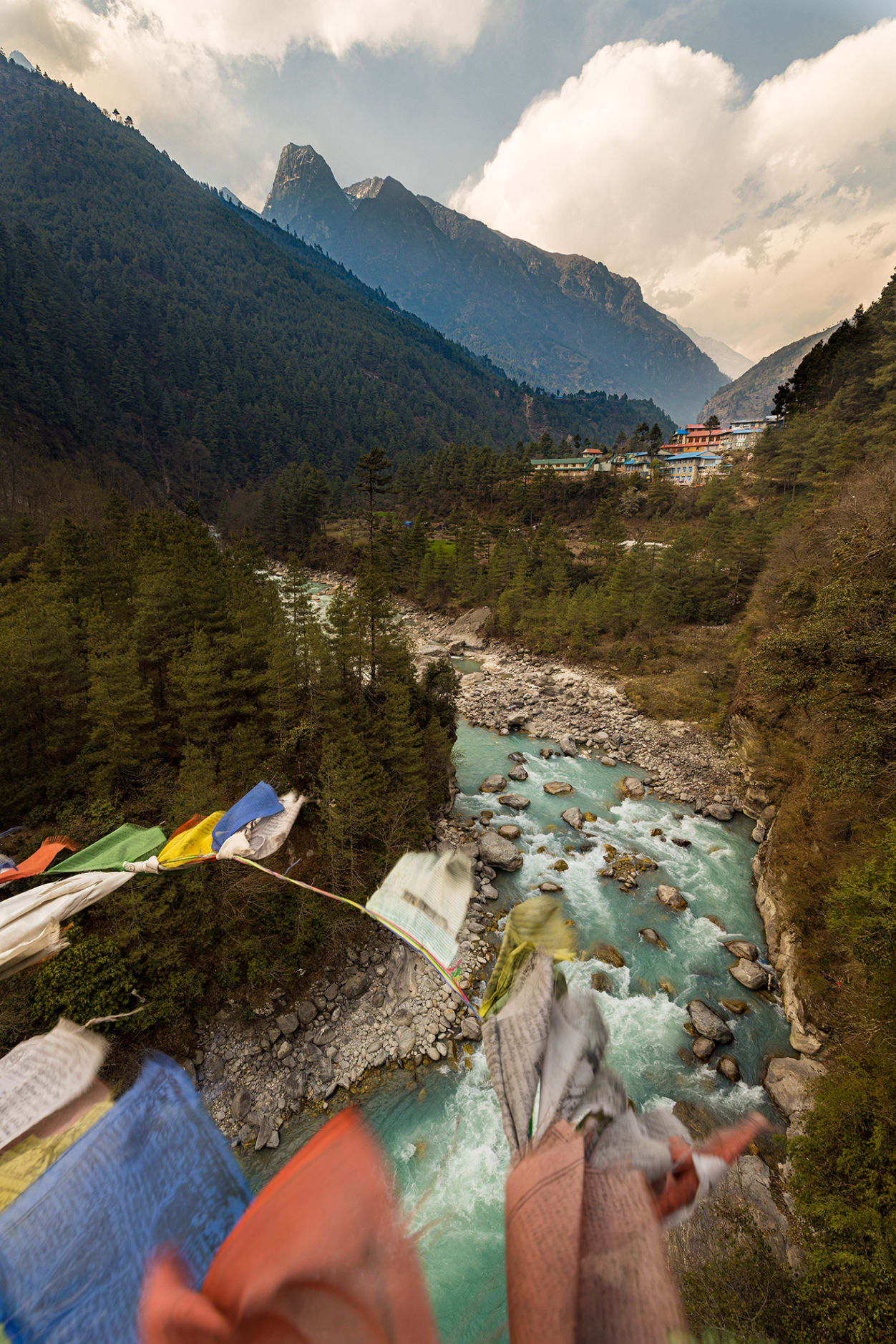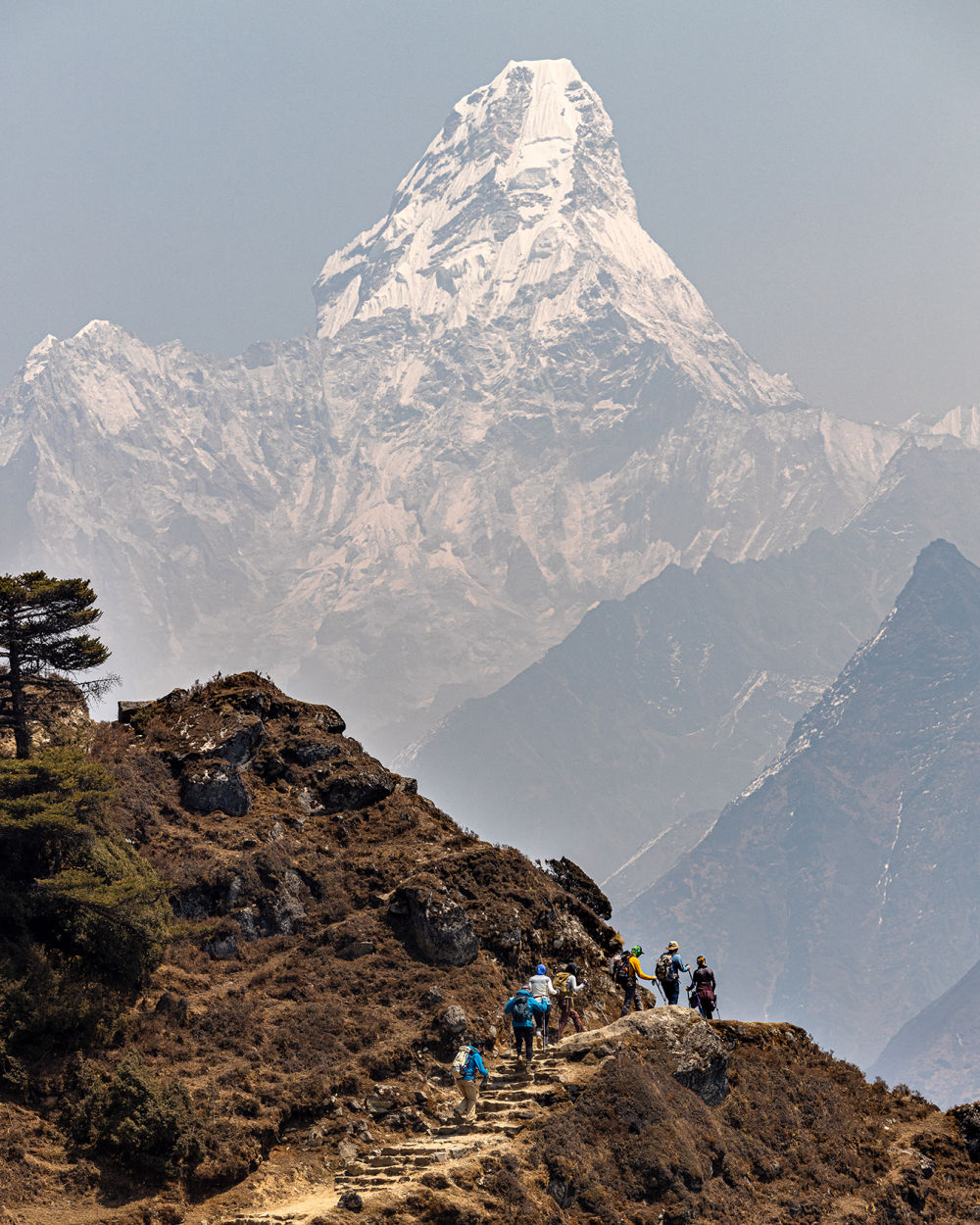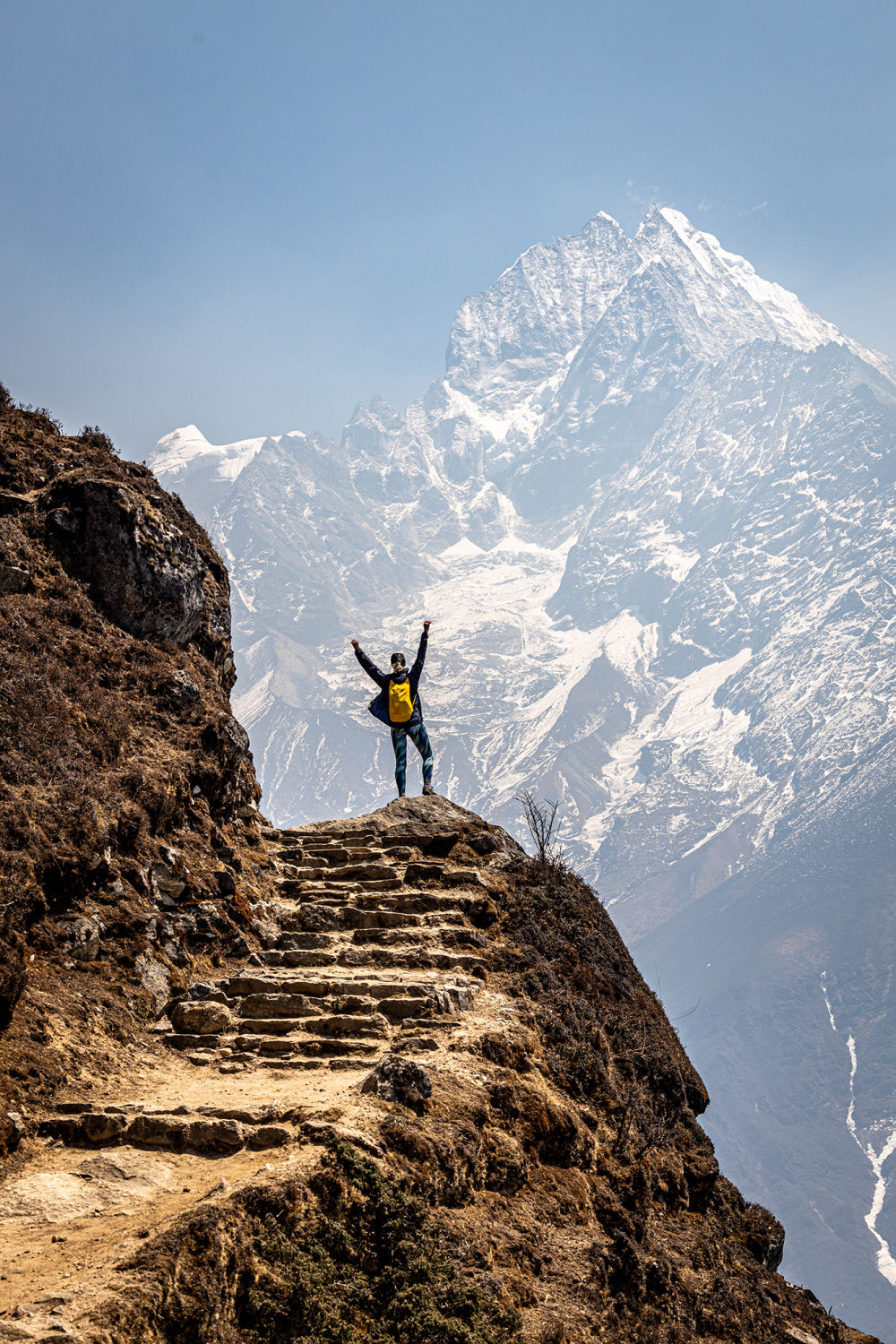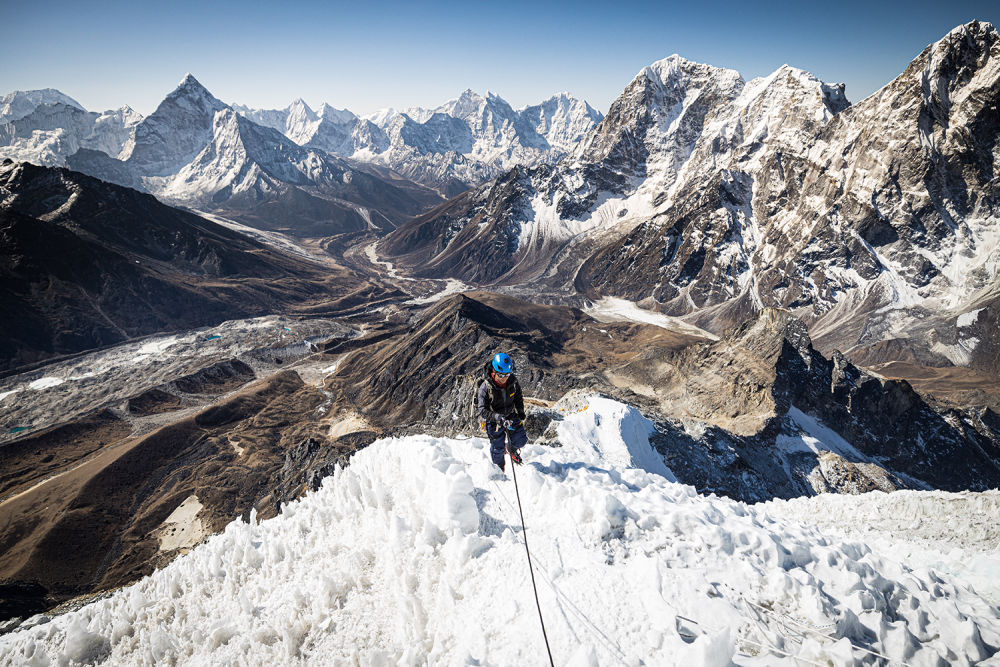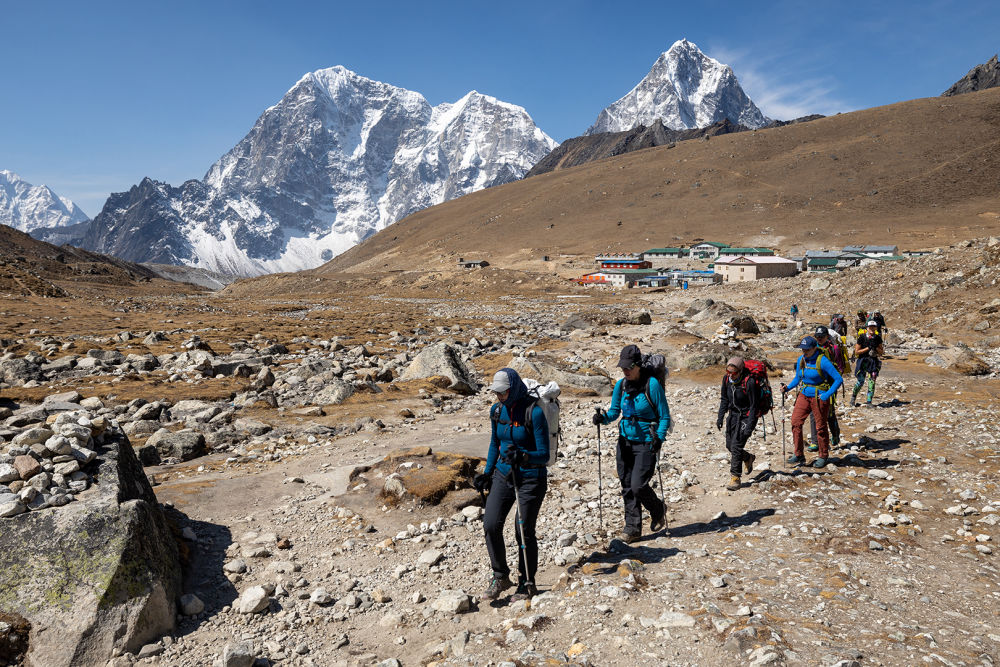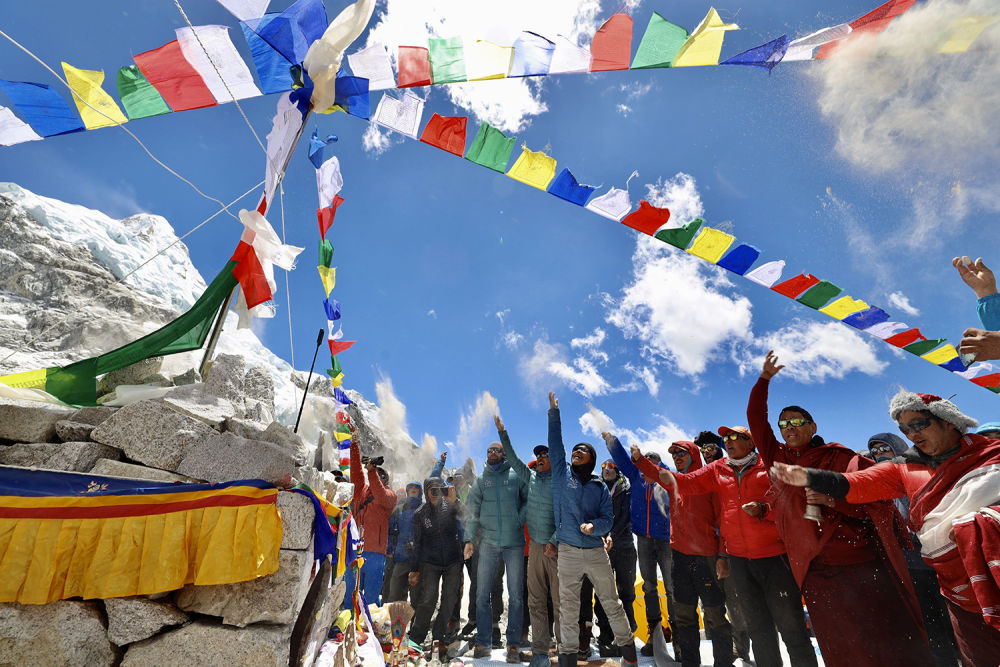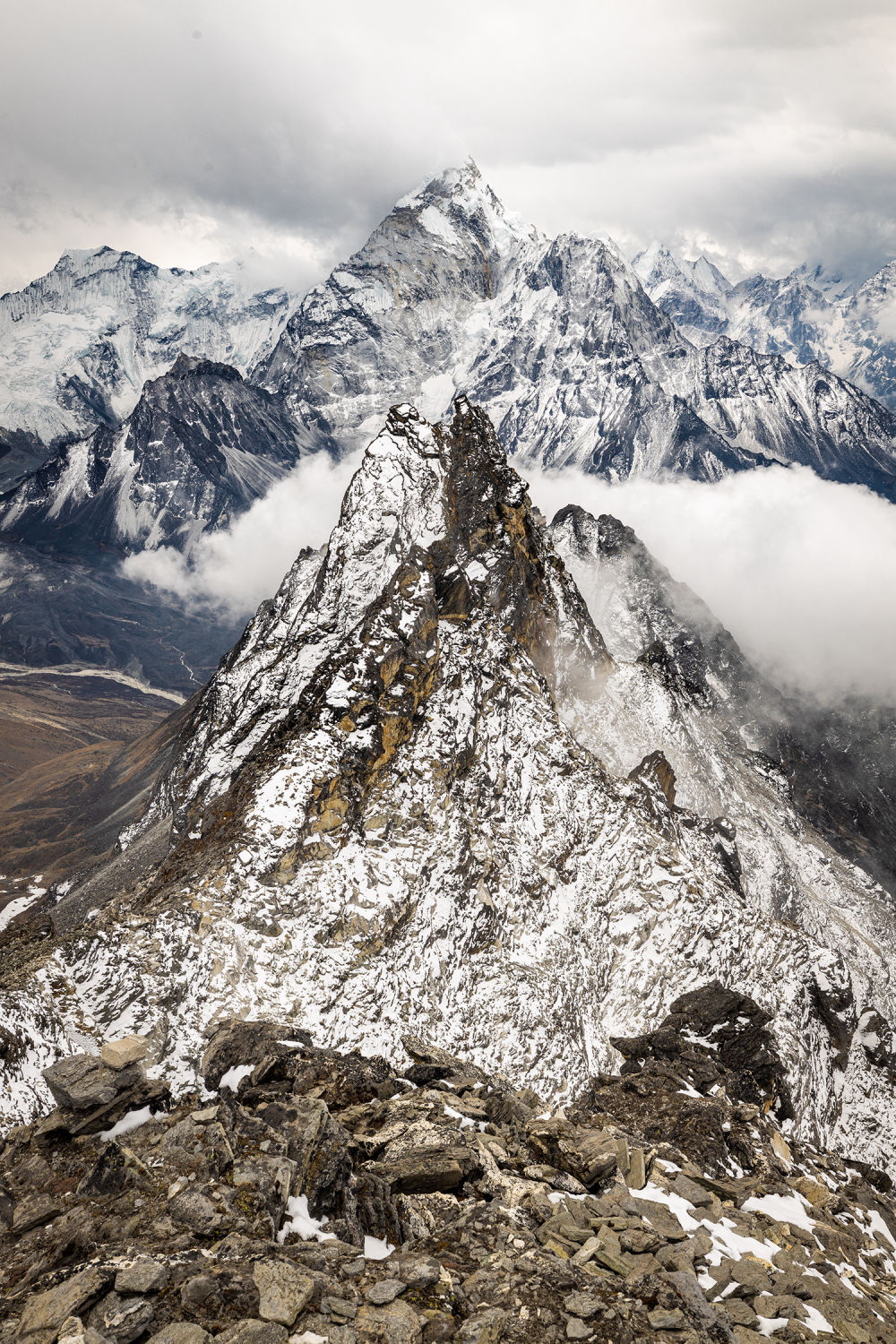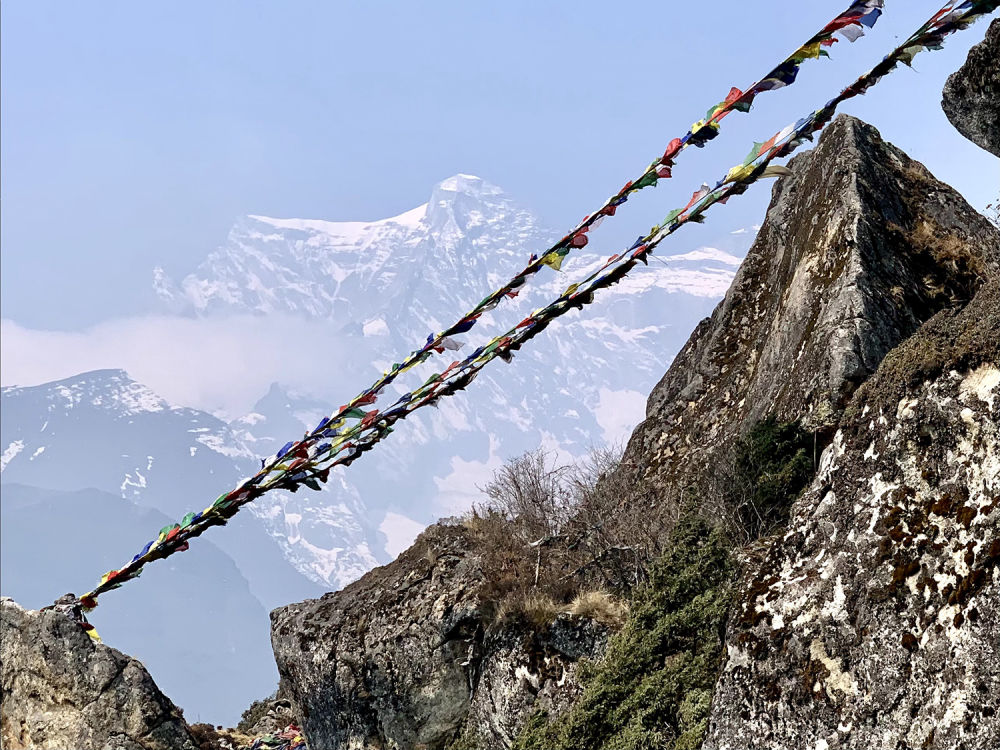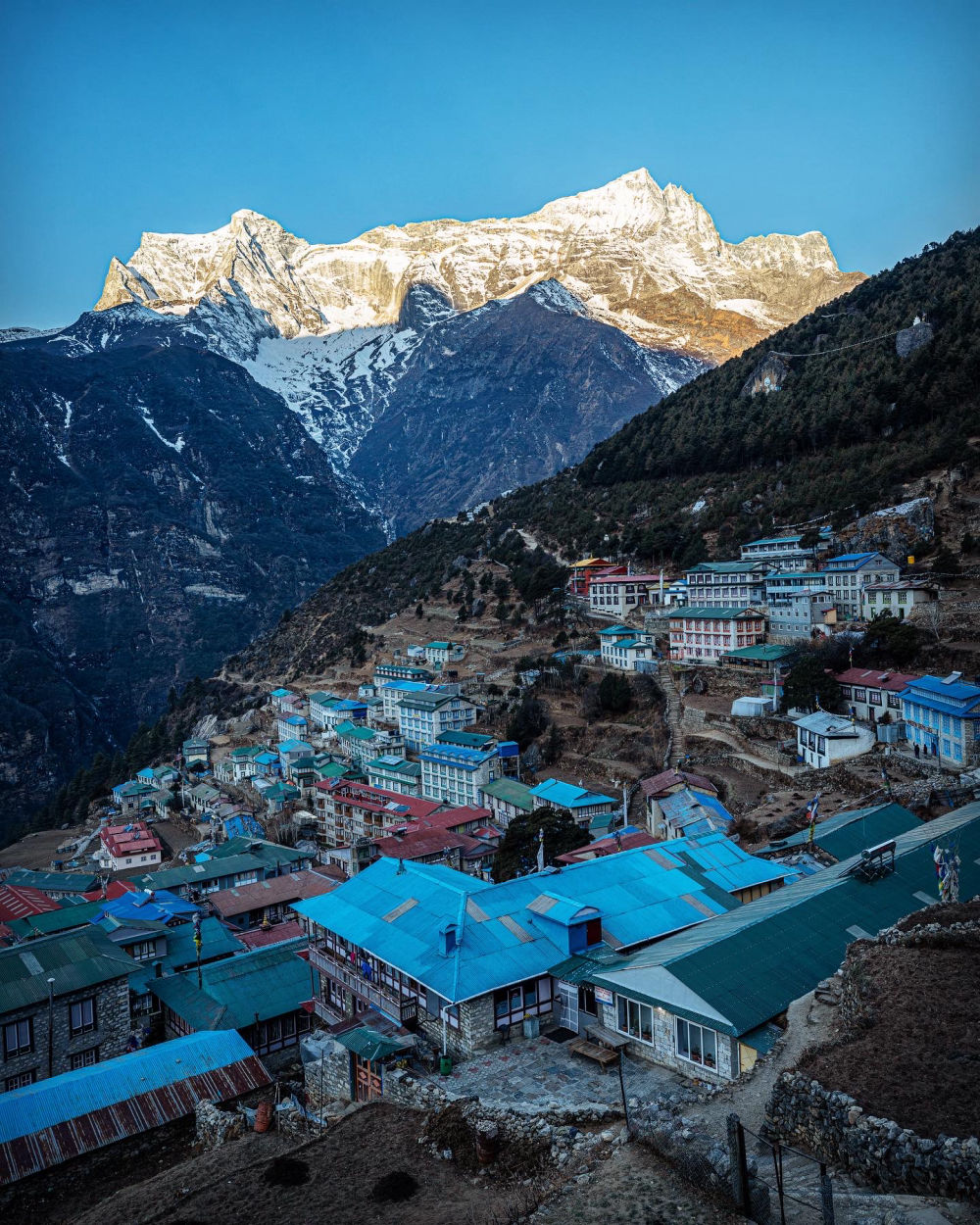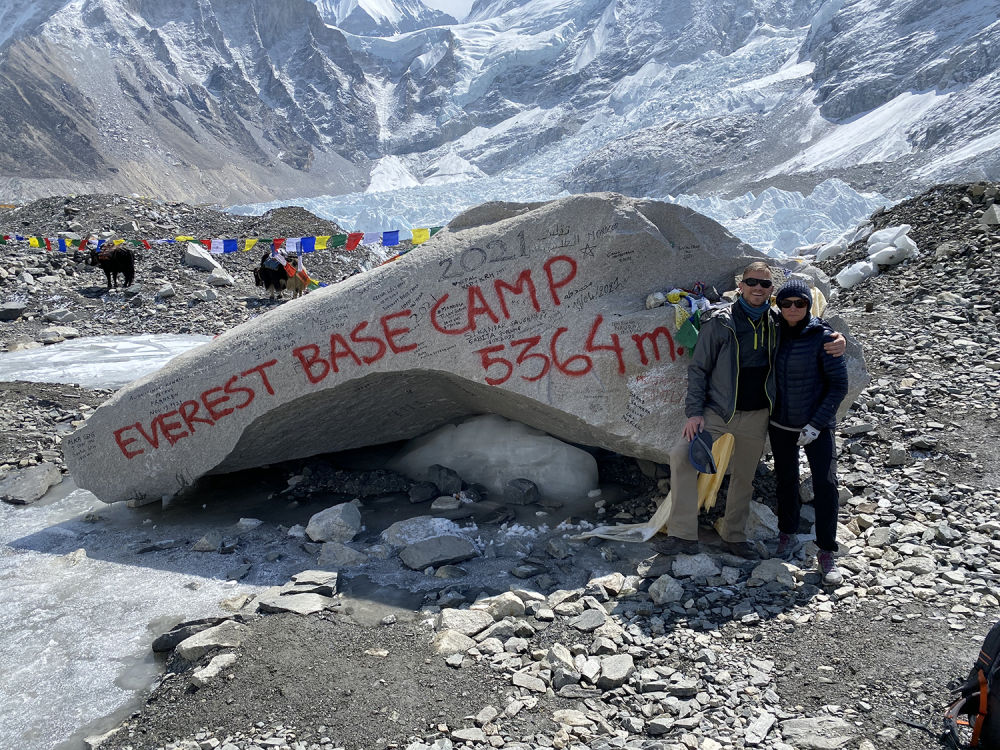Day 1 (April 4, 2023)
Arrive at Kathmandu International Airport. You will enter the Check In/Visa area. Please have your passport, extra passport photo, paperwork (which you fill in on the plane or in the lobby) and $40 cash dollars to obtain your 30-day Visa. Nepal also has an online visa process to facilitate this process. You will then go downstairs to baggage claim. Once you have your bags, walk outside and look for the sign with either your name or Mountain Professionals. Our staff will meet you outside and transport you to our hotel in the Thamel region of Kathmandu. You do not need to tip anyone during this process. You are amongst our Nepali office staff upon pickup. Welcome Dinner that evening.
